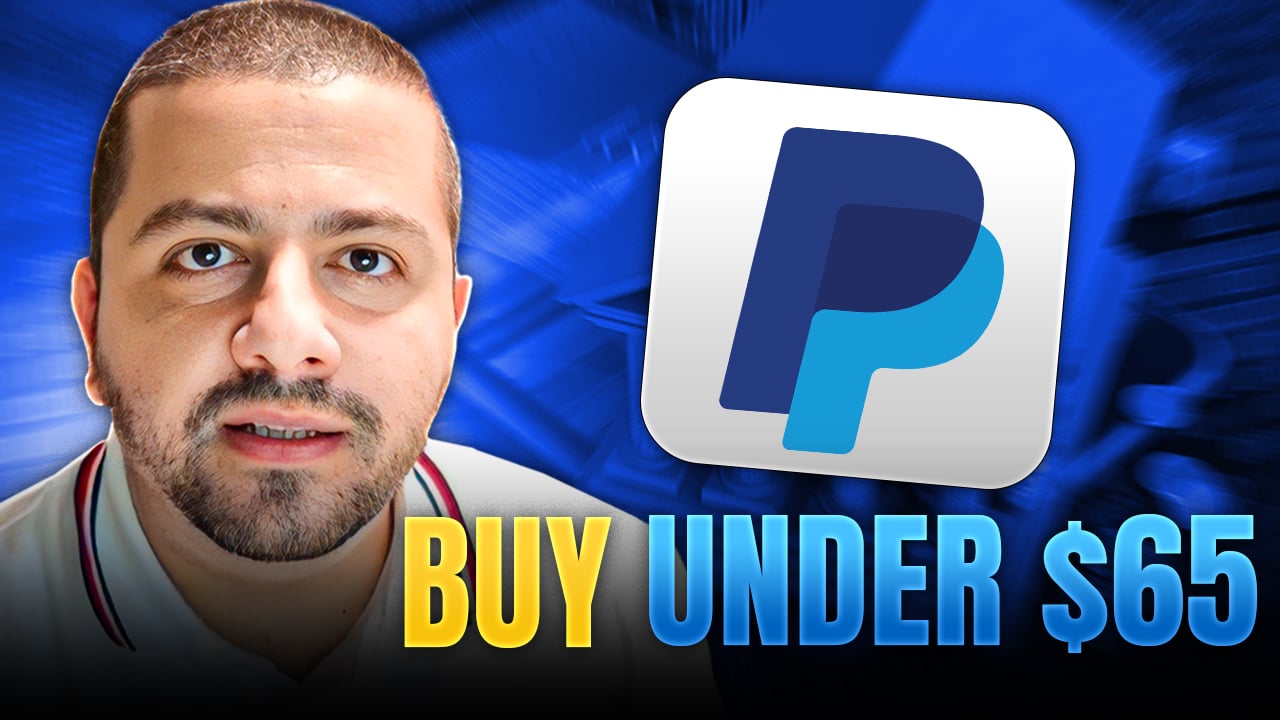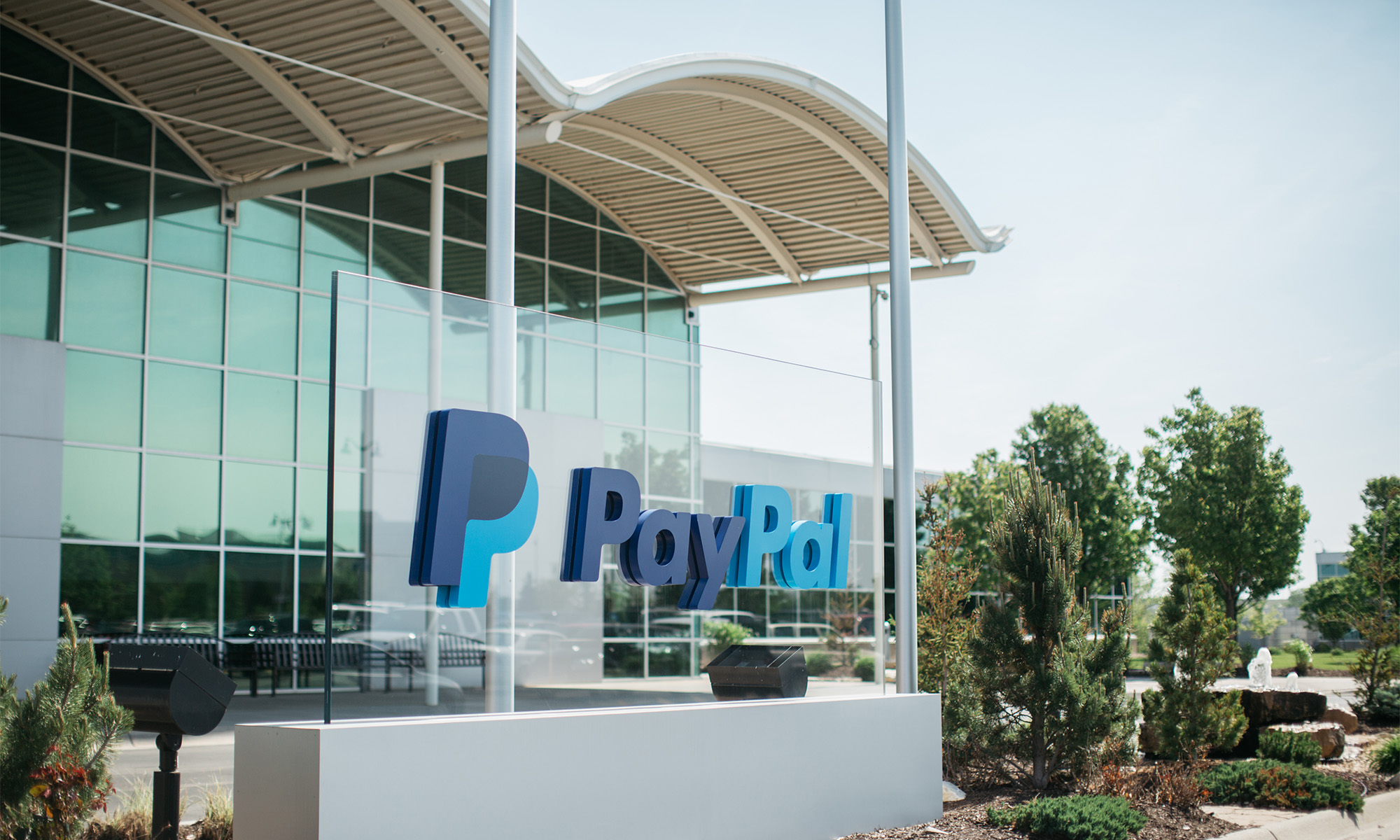Digital payments and e-commerce are booming during the pandemic, and more people than ever are turning to PayPal Holdings' (PYPL 0.70%) services. The company reported accelerating year-over-year revenue growth of 22% to $5.26 billion and free cash flow growth (revenue less cash operating and capital expenses) of 112% to $2.2 billion in the second quarter of 2020.
Digital wallet and peer-to-peer payments app Venmo -- acquired back in 2013 for a mere $800 million when PayPal was still part of eBay (EBAY +0.07%) -- is an important part of the growth story.
Venmo is where it's at
PayPal doesn't provide stand-alone financial details for Venmo, but it does provide some key details to help shareholders understand what the subsidiary means to the business overall. At the end of June 2020, PayPal said it had 346 million active consumer accounts across all of its businesses (PayPal, Venmo, Xoom, iZettle, etc.) -- including 26 million merchant accounts. Of the total, over 60 million active accounts were on Venmo, accounting for just 17% of PayPal's total.

Image source: Getty Images.
Management didn't disclose how many new Venmo users signed up during the last quarter, but total active accounts across the whole family of applications did increase 21% from last year. That doesn't help us understand if Venmo is propping up or dragging down the growth rate, but some further information gives a clue. The total payment volume PayPal processed in Q2 2020 increased 29% year over year to $222 billion. Of that amount, Venmo accounted for $37 billion in processed payment volume, a 52% increase over a year ago and comprising 17% of total payment volume.
That implies Venmo payment volume was about $24 billion in Q2 2019, making up 14% of total payment volume of $172 billion. Management also said Venmo revenue growth specifically was more than 60% during the first three weeks of July. As the volume of transactions has a direct bearing on PayPal's revenue, it's clear that higher adoption of Venmo among consumers is a key plot point in PayPal's recent history.
Stitching together the pieces of modern money management
As with other toll booth businesses like Visa (V +0.43%) and Mastercard (MA +0.23%) (in which a fee is earned when someone executes a financial transaction), PayPal's business has a high rate of fixed costs. So as it adds users and user account activity increases, profits tend to rise at an even faster pace than revenue.
To illustrate this point, PayPal CFO John Rainey explained on the Q2 2020 earnings call that non-transaction related expenses "increased just $0.04 for every incremental dollar of revenue" added during the quarter. As gross profit margin sat at 65% in Q2 (revenue minus transaction-related expenses, measured as a percentage of total revenue), getting new accounts opened and consumers moving money around using a PayPal app creates massive bottom-line upside -- as can be seen by the company's 28% operating profit margin (up 5 percentage points from a year ago) and the more than doubling of free cash flow.
Venmo is of particular interest here because a few years ago the app generated little in the way of meaningful income. Peer-to-peer transfers between Venmo accounts are typically free, instead generating fees when a user transacts on Venmo with a connected debit or credit card. However, PayPal is building out new consumer and merchant services on the Venmo app like it has with its PayPal namesake, rolling out QR code scanners available for brick-and-mortar stores willing to accept Venmo payments, bill pay options, and rewards and other shopping tools via the acquisition of e-commerce business Honey last year.
Venmo is thus blurring the lines between financial tech, digital payments, and traditional banking, creating new levers for monetizing the fast-growing subsidiary. Venmo is thus an important ingredient in PayPal's growth strategy. My money is on the trend continuing for years to come.









